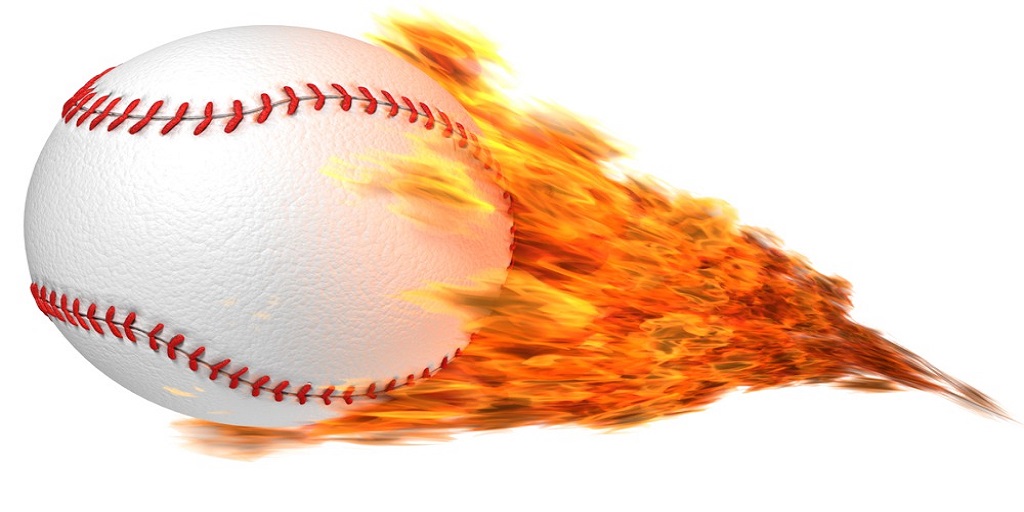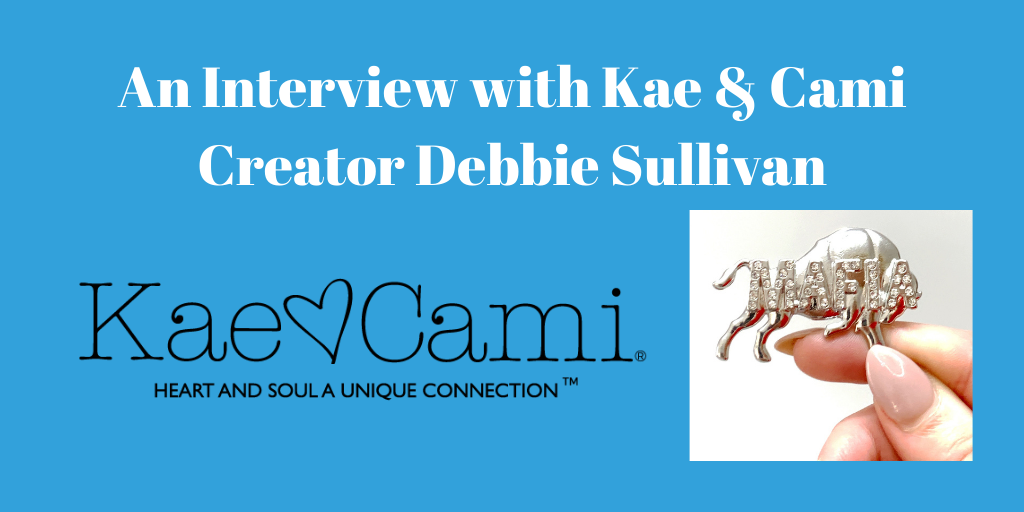What Inventors Need to Know…
An inventor does not need a prototype to file for patent protection. Many inventors incorrectly believe they need a working prototype in order to file an application for a patent. The law requires that a patent application include a description of the invention so that somebody skilled in the art can make and use it. However, prototypes can be useful to prove whether the invention will work properly.

I spoke with Merry R. Constantino, a former Product Design Manager at Fisher-Price and currently the president of a “new product development company” called Product Logic and she said that,
A common problem when making a prototype after a patent application has been filed, is that all of the bugs have not been worked out of the product and often the ‘end product’ that we produce is not the same thing that was described in the patent.
Inventors should know that no “new matter” can be added to a patent application after it is filed.
There are many manufacturing and marketing factors that an inventor should consider in the initial idea stage. Here are a few of the things that Product Logic brainstorms when making a prototype:
- Human Factors/Ergonomics
- How can it be made with the fewest possible number of parts?
- What is best way to mass produce (labor sensitive)?
- What is a cost-effective way to produce?
- Can it be made in a way that others cannot easily copy?
- What is the best material it should be made from?
Another thing that an inventor should know is that when working to prepare a prototype with a new product development company is that if the company makes changes which improve the product it is possible that the company becomes a co-inventor.
Merry stated that “our company assigns all rights over to the inventor for any product that we work on.” It’s important to understand that when an inventor retains the services of a company to produce a prototype there is a risk of loss of intellectual property rights unless a written assignment of rights document is prepared and executed by the parties.
If an inventor plans to license or sell their “patent rights” to an invention, it may be necessary to build a prototype to demonstrate to a potential licensee how great it works. In order to mass produce a product it may be necessary to design a working prototype as a model of reference for the manufacturer to duplicate.
Although an inventor does not need a prototype to get a patent, working out all the potential manufacturing issues before filing appears to be a logical step in the invention process.








